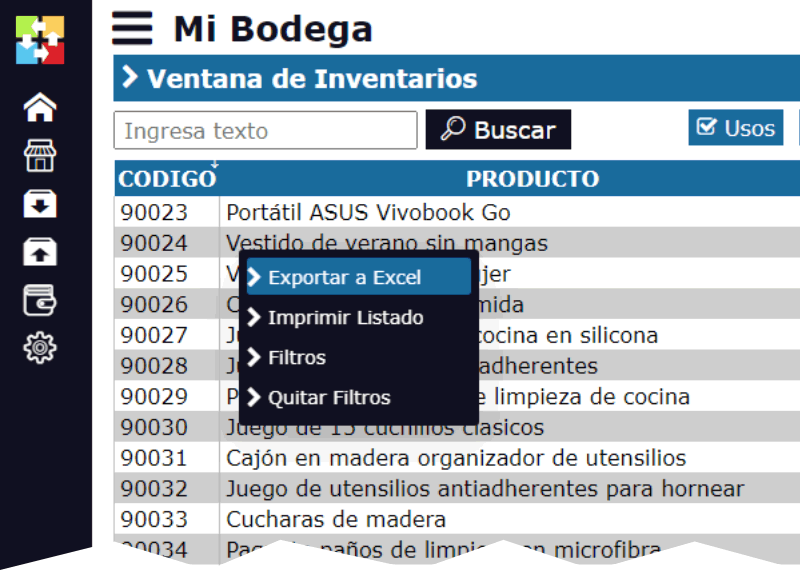Impact of inflation on inventory depreciation under US GAAP vs. IFRS
Inflation is an economic phenomenon that affects companies all over the world, and its impact on accounting is a topic of great importance. In this article, we will explore how inflation affects inventory depreciation according to US Generally Accepted Accounting Principles (US GAAP) and International Financial Reporting Standards (IFRS).

Introduction
Inflation is a general and sustained increase in the price level of goods and services in an economy. This can affect the valuation of inventories, as the prices of goods and services may increase over time. Inventory depreciation is an accounting process used to allocate the cost of inventories to revenue based on their use or sale.
US GAAP vs. IFRS: Key differences
US Generally Accepted Accounting Principles (US GAAP) and International Financial Reporting Standards (IFRS) are two of the main accounting standards used worldwide. Although both standards have similar objectives, there are some key differences regarding inventory depreciation in an inflationary environment.
US GAAP: According to US GAAP, inventory depreciation is calculated using the historical cost method, which involves allocating the cost of inventories to revenue based on their use or sale. However, US GAAP does not require companies to adjust inventory depreciation for inflation.
IFRS: On the other hand, IFRS requires companies to adjust inventory depreciation for inflation in certain circumstances. According to IFRS 29, "Financial Reporting in Hyperinflationary Economies", companies must adjust inventory depreciation for inflation if the inflation rate is higher than 100% over a three-year period.
Impact of inflation on inventory depreciation
Inflation can affect inventory depreciation in several ways:
- Increased cost of inventories: Inflation can increase the cost of inventories, which can affect inventory depreciation.
- Change in inventory valuation: Inflation can affect the valuation of inventories, as the prices of goods and services may increase over time.
- Adjustments to inventory depreciation: In an inflationary environment, companies may need to adjust inventory depreciation to reflect the increase in the cost of inventories.
Practical example
Suppose a company has an inventory of goods with a cost of $100,000. The company uses the historical cost method to depreciate inventories. In an inflationary environment, the cost of inventories increases by 20% in one year. According to US GAAP, the company would not need to adjust inventory depreciation for inflation. However, according to IFRS, the company would need to adjust inventory depreciation for inflation if the inflation rate is higher than 100% over a three-year period.
Conclusion
Inflation can have a significant impact on inventory depreciation, and it is essential that companies consider this factor when preparing their financial statements. Although US GAAP and IFRS have similar objectives, there are some key differences regarding inventory depreciation in an inflationary environment. Companies must ensure that they comply with the relevant accounting standards and adjust inventory depreciation for inflation if necessary.





